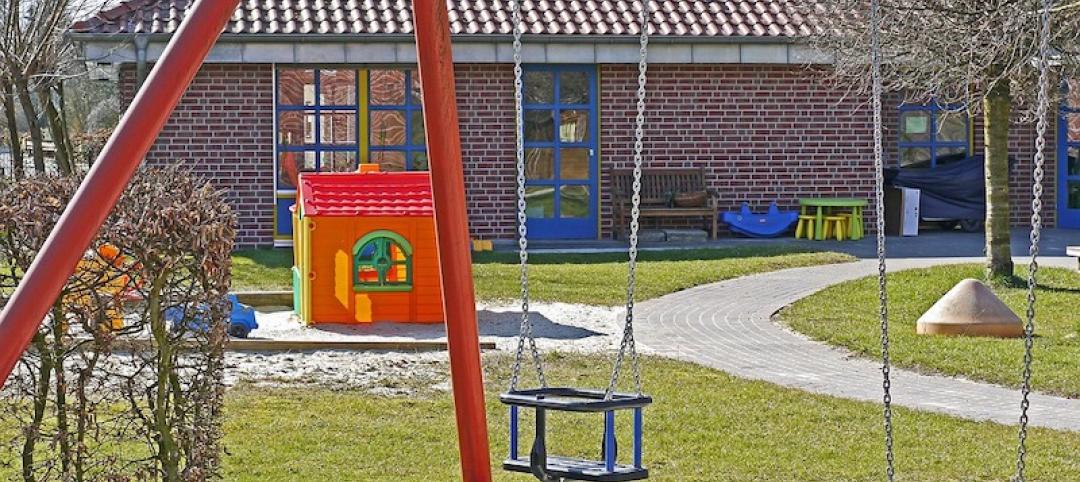The Environmental Protection Agency has finalized the first major update to the agency’s Lead and Copper Rule (LCR) in nearly 30 years.
The update strengthens every aspect of the LCR and accelerates actions that reduce lead in drinking water to better protect children from lead exposure, according to an EPA news release. “For the first time in nearly 30 years, this action incorporates best practices and strengthens every aspect of the rule, including closing loopholes, accelerating the real world pace of lead service line replacement, and ensuring that lead pipes will be replaced in their entirety,” said EPA Administrator Andrew Wheeler.
“The U.S. has made tremendous progress in lowering children’s blood lead levels by phasing lead out of gasoline, banning lead paint, and implementing the old LCR,” the news release says. “However, the old rule included deficiencies that are fixed by EPA’s new Lead and Copper Rule. For example, the old rule created so many loopholes that only 1% of utilities actually replaced lead pipes as a result of an action level exceedance.”
In older homes and buildings, lead can leach from service lines, solder, and fixtures into tap water and become a significant source of lead exposure. In children, lead exposure can cause irreversible and life-long health effects, including decreasing IQ, focus, and academic achievement.
Related Stories
Codes and Standards | May 14, 2019
Database records more than 1,360 K-12 school shooting incidents since 1970
Naval Postgraduate School program maps locations nationwide.
Codes and Standards | May 13, 2019
In many cities, downtown housing comes with a hefty premium
Urban core living costs hundreds of thousands more in largest U.S. cities.
Codes and Standards | May 7, 2019
San Francisco plan would require largest commercial buildings to use 100% renewable electricity
First in the U.S. mandate would be phased in from 2022 to 2030.
Codes and Standards | May 7, 2019
ABC says best practices can improve construction companies’ safety by 680%
Daily ‘toolbox safety talks’ were most effective safety measures.
Codes and Standards | May 7, 2019
Office noise significantly reducing employee concentration, productivity, and creativity
Workplace distractions cause some to choose to work remotely.
Codes and Standards | May 7, 2019
WSP USA says it will be carbon neutral in 2019
Engineering firm will offset carbon at all offices and with employee business travel.
Codes and Standards | Apr 25, 2019
Report: Contractors invest $1.6 billion in workforce development annually
ABC members increased training spending 45% from 2013, according to a new report.
Codes and Standards | Apr 25, 2019
New York City’s Green New Deal would ban all-glass skyscrapers
The ambitious plan would also boost affordable housing, reduce building emissions, and update codes to account for sea level rise.
Codes and Standards | Apr 25, 2019
Chicago, Houston, and Dallas deemed ‘most dangerous cities for migratory birds’
The three cities are in the heart of North America’s most trafficked aerial corridors.
Codes and Standards | Apr 19, 2019
Notre Dame fire highlights danger of renovating historic structures
The devastating fire at Notre-Dame de Paris is the latest blaze to damage or destroy historic buildings while undergoing renovations. It highlights how vulnerable such structures are to fire while undergoing repairs.

















